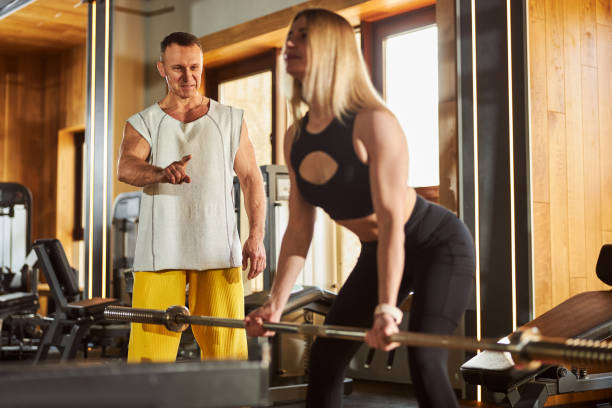Strength training is important. It helps keep the body functioning effectively, reduces the risk of injury and maintains fitness. But the bones and muscle get weaker as we grow older. Women, in particular, who go through menopause will start to lose as much as 10% of bone mass, which could lead to fractures and a condition known as osteoporosis.
With strength training, you may be able to prolong the health of your bones. Strength training triggers the muscles to push and pull on the bones, enabling them to become denser and stronger.
With strength training, you will be able to:
- Strengthen your bones
- Prevent muscle loss
- Increase levels of happy hormones (serotonin and dopamine)
Before you get started with strength training, here are some tips to keep in mind:
- Start slow. If you’re a complete beginner, begin with bodyweight exercises like planks and squats to build up initial strength. You can also use resistance bands instead of weights.
- Train at least 3 days a week, for a minimum of 30 minutes per session. Rest days are very important so you can let your muscles recover.
- Focus on your core. It plays a big role in stability, posture, strength and balance. Do at least 10 minutes of ab exercises each week.
- When you’re ready to work with weights, begin with fixed resistance machine to avoid the risk of injury. You can then progress to free weights as you get comfortable with the machines.
- Avoid using momentum and instead work on slow and controlled reps.
Once you’re ready, you can try the strength training exercises that we’ll list in this guide.
There is no one right or wrong when it comes to strength workouts. But it’s necessary to base your training on your goals and at what level you’re currently in. Beginners and those who can only train twice a week should do full body workouts so that each part of the body can be trained sufficiently – the lower and upper body, as well as the core.
When you advance and are able to do at least 3 sessions at the gym, you can break down your workouts on specific areas for each session. For example, you could do two lower body exercises and two upper body exercises each week, and so on.
Leg Press – Use a leg press machine to target your glutes, quads, hamstrings and calves without using any upper body strength.
Leg Extension – This trains the quads and is performed using a leg extension machine.
Seated Leg Curl – Also known as hamstring curls, this is great for loosening hamstrings and strengthening them.
Walking Lunges – Lunges lets you target your entire lower body in one exercise.
Machine Chest Press – Exercise machines are a great way to do a movement correctly and in this case, the machine chest press can help you tone and strengthen your pecs, triceps and delts.
Barbell Bicep Curl – You can use dumbbells to do this exercise, or even barbells once you begin to progress.
Assisted Dip Machine – Work on chest dips for your chest, or tricep dips to target your arms. Most well-equipped gyms like In-Shape Gym have this machine.
Seated Row – Row movements strengthen your upper body including your back.
Assisted Pull-Up Machine – Pull-ups may seem intimidating for a beginner but you can teach your body the right movement and build strength over time.
Overhead Press – Also known as shoulder press, it can be completed with dumbbells, barbells, or machines.
Start with 3 sets of 12 reps each for these exercises.
